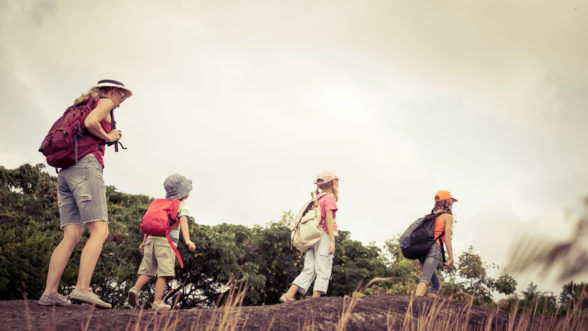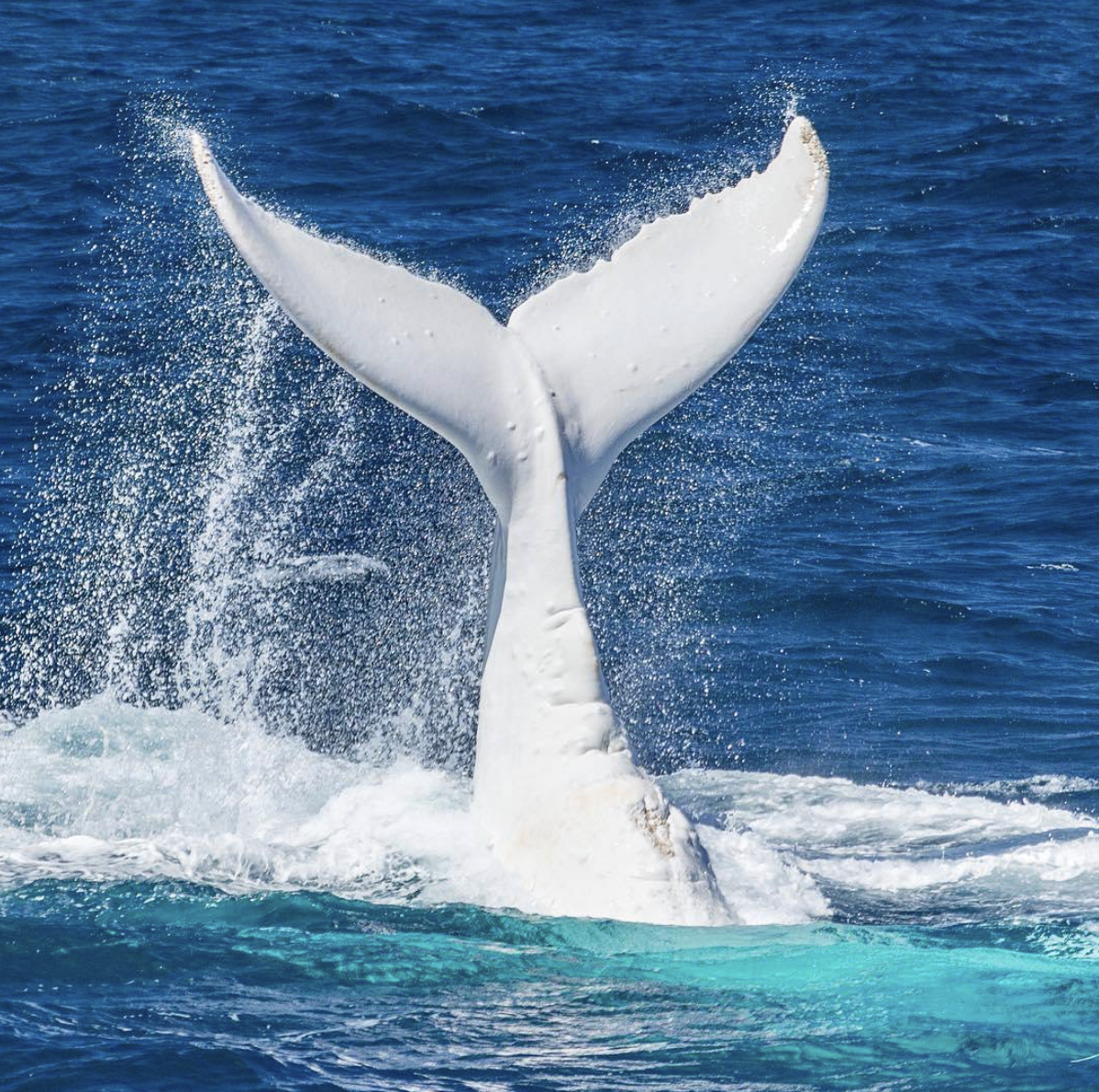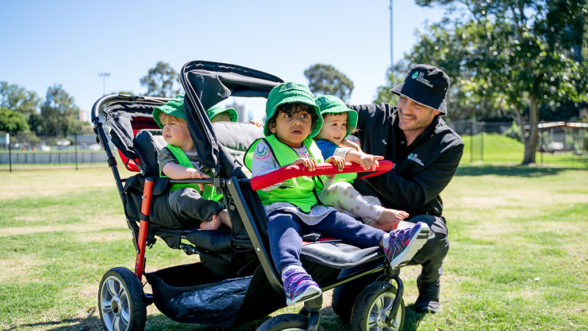Go Whale Watching These School Holidays!
The spring school holidays are arguably the best of the year. The weather’s perfect. There’s no Easter traffic or Christmas holiday stress to contend with. And it’s also a great time of the year to go whale watching.
Every year, from April to November, Australia’s eastern seaboard plays host to some pretty spectacular (even acrobatic) displays by those truly majestic humpback whales. If you’re looking for something unique to do during the spring school holidays, try whale watching.
The best thing about this activity is that you can tailor your experience to any budget. There are plenty of public vantage points along the South-East Queensland and northern New South Wales coastline where you might be lucky enough to spot whales, or you can jump on board one of the many tourism operators’ boats that will take you right up close to these amazing animals.
Whichever way you choose to go whale watching, you should arm yourself with loads of humpback whale facts to really impress your mini whale enthusiasts. While whale watching is a great family bonding experience, it can also provide a neat educational opportunity.
Did you know:
- A mother whale is called a cow. A baby whale is called a calf.
- Whales are mammals and calves suckle protein-rich milk from their mothers multiple times a day (up to 600L per day by some reports!). The mothers are very protective of their young who often travel close by their side.
- After a summer of feeding on krill in Antarctic waters, whales migrate north to mate and give birth.
- They can travel from 5000km to 10,000km in their migration each year.
- The timing of the migration can vary from year to year depending on water temperature, sea ice, predation risk, prey abundance and the location of their feeding ground.
- Groups of young males typically lead the migration while pregnant cows and cow-calf pairs bring up the rear. Adult breeding animals form the bulk of the migration in the middle stages.
- Whaling and the export of whale products was Australia’s first primary industry, shortly after European colonisation. Humpbacks were hunted mainly for their oil and baleen, or ‘whalebone’. Large-scale commercial whaling became so efficient that many species were over-exploited in the 1900s and came close to extinction.
More Humpback Whale Facts:
- Did you know that Humpback whales can measure up to 16m in length but are not the largest whale found in Australian waters.
- One of the most famous humpback whales is Migaloo. He is a white adult male whale. He was first spotted in 1991, passing through Byron Bay and is roughly 33 years old. When Migaloo was first sighted, he was the only known white whale in the world. Nowadays there are 3-4 other white whales that traverse the east coast of Australia. Their names are Bahloo, Willow and Migaloo Jnr.
- Humpback whales breathe air through their blowholes. There are two blowholes – one for each lung. Each of its lungs can be the size of a small car. They do not sleep for long as they need to continually surface for that all-important breath.
- Most of humpbacks in Australian waters migrate north from June – August, and back towards the Southern Ocean from September – November.
Edge Early Learning




